Design thinking is an iterative process that generally begins by identifying a human centre and seeking to deeply understand what is important to that person. Having identified some of the challenges and aspirations that are most critical, the more enlightened design thinking practitioners amongst us then seek to engage those stakeholders in a co-design process, using a variety of methods to generate innovative solutions and then prototype and iterate these to perfection, or at least pilot.
First coined by Nobel Prize laureate, Herbert Simon in 1969, the term Design Thinking has been popularised in business circles by David Kelley who founded the d.school at Stanford University in 2004, formalising many of these methods in a Design Thinking qualification that made bedfellows of Design and Mechanical Engineering.
Traditionally, the five core steps of design thinking are:
- Empathise – Non-judgmental listening, understanding, observing and interviewing of the selected human centre
- Define – Confirming which aspiration, or pain point, seems to represent the best opportunity for impactful innovation
- Ideate – Generation of innovation ideas, using a variety of individual and collective ideation techniques (‘brainstorming’ being the most famous of these)
- Prototype – Selection of the most promising potential solutions for conversion into a ‘low fidelity’ prototype that can be iterated together with the intended beneficiary
- Test – Designing experiments that will test, refute or refine particular features of the solution, and confirm what is most important in the final design
Whilst these steps are presented sequentially, the reality is that each step is iterative, with design thinkers remaining open to ‘re-thinking’ (which might take them ‘back to the drawing board’ at any moment). In organisations like Google, these iterative loops are delivered in 5 day cycles, referred to as ‘Google Sprints’.
When to use it?
For many, Design thinking has become synonymous with ‘innovation’ in a business setting and, unfortunately, when all you have is a hammer, everything looks a bit like a nail! So, design thinking is not a panacea, but it can be a very effective way of generating empathetic and innovative solutions, particularly once you have a well-defined human centre.
Success Story
Mission
A global commercial property firm approached Crazy Might Work to help strengthen innovation capability across the organisation. The chosen vehicle for this was an innovation scholarship, created by one of the founders of the business to encourage fresh thinking and instil a culture of innovation.
Solution
The result was a multi-year program, which ran continuously until the retirement of that founder, taking the form of a 5-day intensive (based on the Google Sprint format) which allowed winning teams to refine and evolve their concepts under the guidance of Crazy Might Work. Teams were co-located for the week and able to set up a dedicated creative space for the collection and development of their nascent concept. What ensued was a compressed design thinking process, characterised by quick mapping, sketching, rumbling, reshuffling, testing, iterating and head-scratching as these concepts were challenged, discarded, re-imagined and evolved, culminating in a company-wide pitch to a combined executive and board panel.
Results
One of the solutions presented would net the firm a saving in excess of AUD$25 million by re-imagining the online investor enrolment process. Others represented new products and services and revenue streams that would take the organisation and its clients into the future with co-designed strategic partnerships.


